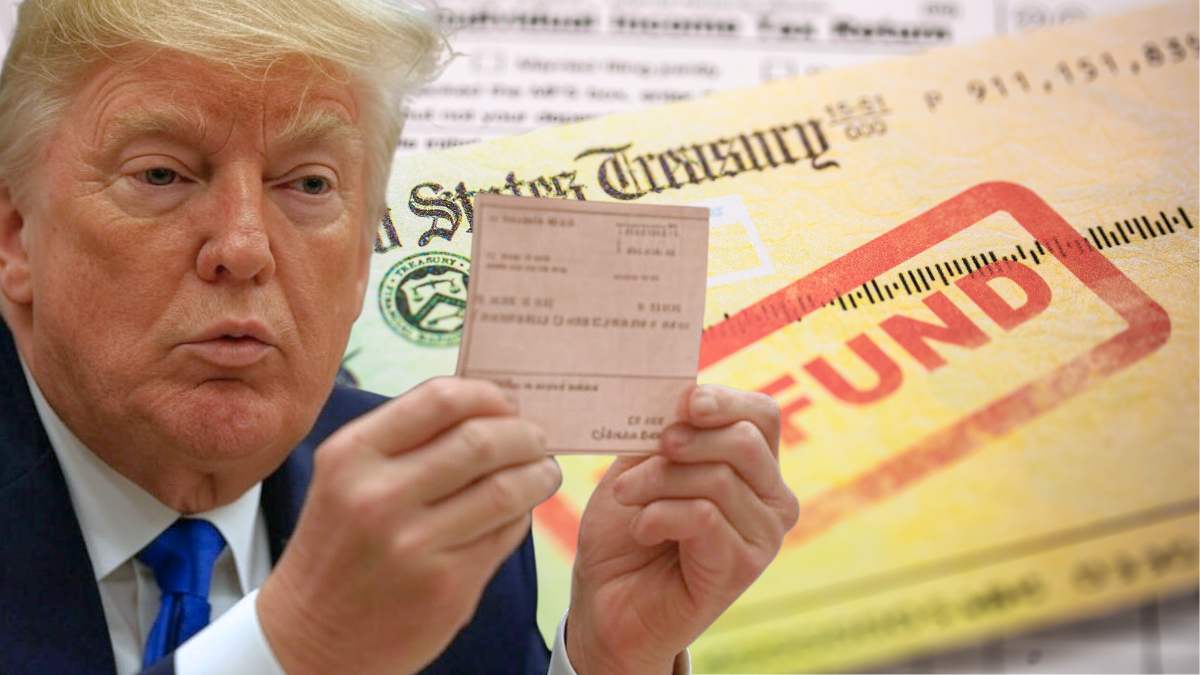President Donald Trump ordered all federal departments and agencies through an executive order on March 25 to eliminate paper checks by September 30. The measure, titled “Modernizing payments to and from the United States bank account,” seeks to reduce unnecessary costs, delays, and risks such as fraud, theft or lost payments.
According to the document, published on the official White House website, the change to electronic transfers responds to the increase in complaints about mail theft since the pandemic. “Treasury checks are 16 times more likely to be reported lost, stolen or altered than a digital transaction,” the order details. Experts support the measure, highlighting greater security and savings.
Cost of sending tax refunds by checks vs. Digital transactions: Which is the best option?
According to recent reports, issuing a paper check to pay tax refunds or Social Security benefits costs between 2 and 4 times more in operational costs, from the time it is issued until it reaches its recipient and is cashed, compared to sending benefits through bank deposit.
The Treasury Department, responsible for sending hundreds of thousands of checks annually — including tax refunds and Social Security payments — will have to migrate to systems such as direct deposit, debit and credit cards or digital wallets. Only limited exceptions will be allowed for the unbanked.
Tax refunds and benefits in paper checks are on the way to extinction
Since 2010, the federal government has pushed for check reductions. In 2011, they were removed as an option for Social Security or Veterans Affairs benefits. However, a survey from 2024 shows that 46% of Americans did not use checks in 2023, while 15% used them occasionally.
Those over 55 years of age are the group most resistant to change: 22% still use them monthly. “Outdated systems hurt the elderly; they must be integrated with digital,” said Haywood Talcove, CEO of LexisNexis Risk Solutions. Experts warn that this group is vulnerable to scams during the transition.
If you are one of those who still receive tax refund payments by paper check, these are the steps you have to follow to make the transition to digital collection:
Refund Method: The IRS determines the method (check or direct deposit) when filing. Check recipients likely selected that option previously without providing bank details. To date, 80% of the beneficiaries have already opted for the digital route.
Switch to direct deposit: Select the option when filing your next return. Provide routing and bank account numbers, verifying their accuracy to avoid errors that result in checks. If you already chose check, it is not possible to change the method after processing the declaration. Contacting the IRS (800-829-1040) could be an option, but without guarantees.
Amended returns: When filing Form 1040-X (electronic), you can choose direct deposit, but it only affects refunds of the amendment, not the original if it has already been processed.
Helpful Tools: Use “Where’s My Refund?” to track refunds. File electronically (e-file) with IRS Free File if you qualify, combined with direct deposit. Residents outside the US can receive direct deposits in foreign banks, according to USAGov. Joint or own accounts are valid, but using third party accounts is discouraged.




